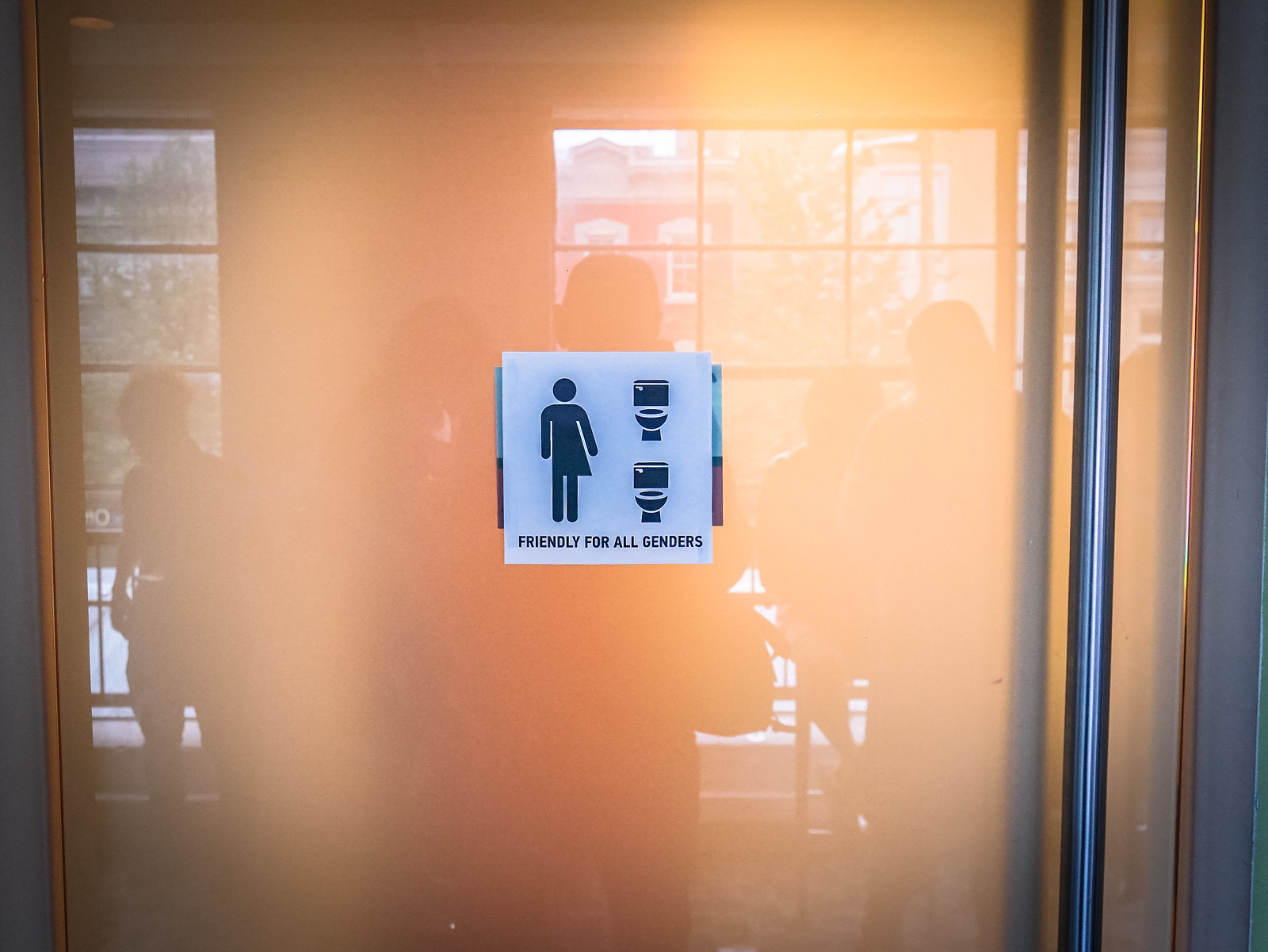
I’ve written about this topic a few times. Finally I had the opportunity to experience it for myself.
As I regularly do, I monitor the use of my photographs, especially in the context of promoting healthy humans and societies. When they don’t meet that standard, license is revoked. In the in-between situations, I provide education, here’s an example from April, 2016.
And so I did this on this blog post
Comment on publishing my photo, Christianity Today, in “Evangelicals and Transgender Morality”
and also on Facebook – (direct link here and embedded below).
In social media spaces, the challenge of any platform that you don’t control (Facebook) is that there are things out of your control. Given that situation, I carefully judge where and when I engage in what I call health activism.
Knowing this, I still didn’t expect it, but…it happened.
Ever so subtly and then more apparently, transphobic comments began appearing on the post.
Per my policy, I addressed each one, quickly, in the realm of science. The thing is, individually they didn’t seem transphobic, however, as a group there was much greater clarity.
A few things then happened:
- I was alerted by my mentor that the comments with responses could trigger people negatively, and so I should put a warning at the top of the post. I learned a new term in this interaction: Trans-Erasure. I did so:
Addendum (7/16): On request, letting people know about Transphobia/Transerasure in the comments. If this is triggering, please avoid.
- I then reflected on the complete body of comments and realized that the ideal of open dialogue and education had long passed.
With that, I put up a separate statement:
Addendum 2 (7/17): Transphobic comments deleted. The interest of showing people how to respond has been well served, its my feed, I’m not obligated to host or promote transphobia anywhere (why I wrote the comment in the first place). I’ve written on my philosophy about this here.
It’s not what you do, it’s what you tolerate. Future comments will be deleted without comment. Bonus, Less paperwork, and the comments flow much better :). If anyone notices any triggering comments, let me know, I’ll take care of them for you right away. Thanks for your support.
I then deleted I all of the transphobic comments, and my replies to them.
And guess what. They stopped. All of them. I made sure that my statement was posted as a comment so that the people involved were notified. And they still stopped. It’s now over a month later and they have not returned. That’s all it took.
Using the Scientific Method: My hypothesis was proven correct.
Ultimately, the topic of gender identity has a scientific basis and I prefer to make discoveries using scientific techniques – creating a hypothesis, testing it, and evaluating the outcome, which is what I did here. Science is the way to go 🙂 .
My hypothesis was correct.
People will create hostile environments directed toward transgender (and all LGBTQ people) when given license. Remove the license, the environments become neutral, and then the environment can be changed to make them healing (which is what we’re here for).
I’m doing a lot of reading about moral license and I’ll post on that in the next few weeks. In the meantime, I’m putting this post up so that
- I can refer journalists and publishers to it during the times that they inadvertently give people moral license to hurt others.
- I can archive this experience somewhere where it’s easily referred to. The other thing about social networks is that their archival capabilities are questionable – word to the wise.
What you Permit, You Promote
I have feelings about these situations. Here’s why.
Quint Studer’s (@quint_studer) words have always stuck with me, in so many contexts:
What You Permit, You Promote | Sharing thoughts, ideas and suggestions on hardwiring success
The other words that have stuck with me, in so many contexts are the ones below. The opposite of social networking is social isolation, which is usually the first step in the creation of a lot more damage. When people are conditioned to avoid spaces, social isolation is the result (and the intent of people in these spaces).
When confronted with these situations then, it’s easy to know what to do.
As I discovered in my successful experiment, it’s not that hard to do it. It just needs to be done.
2 Comments
[…] You can look at the comments. My experiment in ending transphobia. What you don’t permit, you … […]
(This is a comment placed by @EPatientDave on another post, intended for this post)
A follow-on thought about what might happen (or not) after a blogger deletes comments from a possibly hateful segment:
There have been so many cases of people being “revenge swarmed” (a made up term) for taking a stand – I wonder what triggers that versus when it doesn’t happen. Wondering if it would happen in this case if more attention were drawn to this.
Having said that, I too have done similar “censoring” edits for exactly the same reasons, without consequence.
My gut says that indeed, when something gets shut down, flamers go elsewhere. Back on CompuServe in the 90s sometimes they’d then try to recruit others into attacking the host (“sysop”), but without a megaphone, it gets nowhere.
Meanwhile today on NPR I heard about NextDoor, a new kind of social media app (for individual local neighborhoods) that has decided to ban comments about sightings of sketchy-looking neighborhood events that focus on someone’s race etc. That NPR segment is here.
We live in … interesting times. May all publishers think newly about what is and isn’t okay (or, more to the point, required of them.)